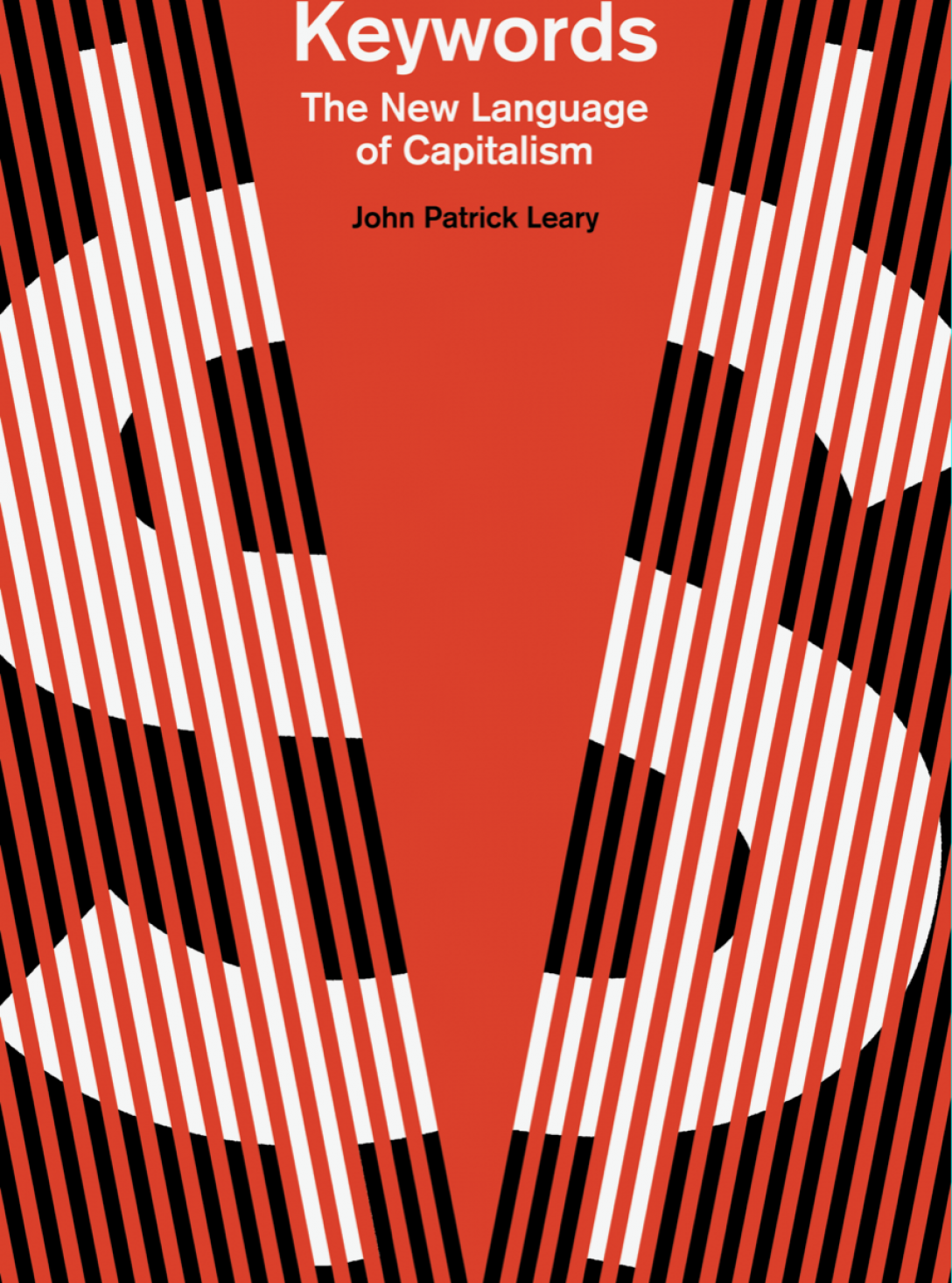Reading for “innovation” in the history of management and self-help literature reminds me of a line from the beginning of Ralph Ellison’s Invisible Man: “Beware of those who speak of the spiral of history; they are preparing a boomerang. Keep a steel helmet handy.”
A spiral of history can be understood as a historical movement marked by reverses, repetitions, and changes in direction, never following a ideal straight line–Lenin meant it this way. The post-war theorists of innovation also spoke about history’s spiral, believing as they did in progress but insisting as they had to on the importance of the entrepreneur to achieve it. The entrepreneur was the hero who could set the spiral moving back in the right direction. Peter Drucker, the eminent management theorist, wrote in 1966: “history, it has often been observed, moves in a spiral; one returns to the preceding position, or to the preceding problem, but on a higher level, and on a corkscrew path.” Ernest Dichter, a 1960s branding pioneer and management “guru” (as they say) himself, was fond of the spiral metaphor too. And “innovation spirals” remain a popular subject on consulting and business advice websites today.
Another way to put it: those who write and think about innovation and entrepreneurship have been saying variations on the same ideas for a long time. If there’s an innovation spiral, this is it. It’s the basic irony of “innovation,” in fact: very little that is really new has been said about it for decades.
Which brings me to this this story in the New York Times, about automation in the hotel industry.
Maria Mendiola, a concierge at the San Jose Marriott, frets that Amazon’s agreement to deploy its Echo device in hotel rooms across Marriott’s properties will eventually make her position pointless. “Alexa might do my job in the future,” she said.
At the Sheraton Waikiki, next to the Royal Hawaiian, cashiers at the beachside lounge worry about a newly deployed computer system that will allow servers to close out their own checks — making cashiers redundant. There are automatic dishwashers on the market; machines to flip burgers and mix cocktails; robots to deliver room service or help guests book a restaurant reservation…
How many jobs will technology take out? Hoteliers have yet to figure out how guests will react to a more tech-heavy experience. A Marriott spokeswoman said in a statement that the chain was not deploying technology to eliminate jobs but was “personalizing the guest experience and enhancing the stay.”
The last line is key: a touchscreen and a robotic bartender, will personalize the guest experience. Clearly when Marriott says “personalized,” they mean “customized,” but the forehead-slapping absurdity of the slip reminded me of an argument that often gets made about “innovation” as a feature of the modern economy. As Lily Irani has recently argued, so-called “design thinking” emerged in northern California in the mid-2000s as a response to outsourcing. IDEO, the design firm famous for designing the Apple mouse, mostly abandoned product design in favor of systems and organizational design—management consulting, in other words. As the product design end of the business faced increased competition from Chinese firms, Irani explains, IDEO recommitted itself to the ostensibly un-outsourcable management skills of empathy and creativity.

This is a popular and rather old idea, though each generation presents it as new: make yourself safe from outsourcing or automation by mastering cognitive skills. Nearly every English department in America has, at some point, shared on its website or Facebook page that Steve Jobs quote about how the liberal arts makes his heart sing or whatever. And this is another old irony of innovation discourse: the idea that the market rewards “soft” skills like creativity and intuition tends to coincide with the actual rationing of humanistic education. We complain about this now, a lot, though many of us in university education tend to imagine the early 1960s as the salad days of the humanities. John W. Gardner lamented the decline of the humanities in his otherwise optimistic 1963 best-seller Self-Renewal: The Individual and the Innovative Society; William Whyte did the same in The Organization, a more critical account of U.S. business culture. Drucker said around the same time that poetry was the most practical subject for a businessman to study, but few did anymore.
And Drucker wrote a lot about the issue vexing Marriot’s workers: automation, or as he wrote it, reverently, Automation. He defended it as the unbinding of workers from the Fordist machine, a way to “to title the special properties of the human being.” As in “design thinking” now, the claim here is that automated processes unleash creative capacities that are more fully, deeply human—what cannot be automated or outsourced.
Most things, though, can be outsourced or automated if someone’s boss wants to do it and can. Hotel workers are not doing the sort of prestige jobs that Stanford d.school students dream about, but they are unquestionably doing jobs dependent on human interaction. Bartending, in fact, is the very definition of a job requiring empathy. What the hotel workers (and most underpaid or unemployed English professors, for that matter) could probably tell you, of course, is that the only point of automation, under this economic system, is simply to extract the most value from the fewest workers possible–just as it has always been. The more things change, etc.
Watch out for that boomerang!
